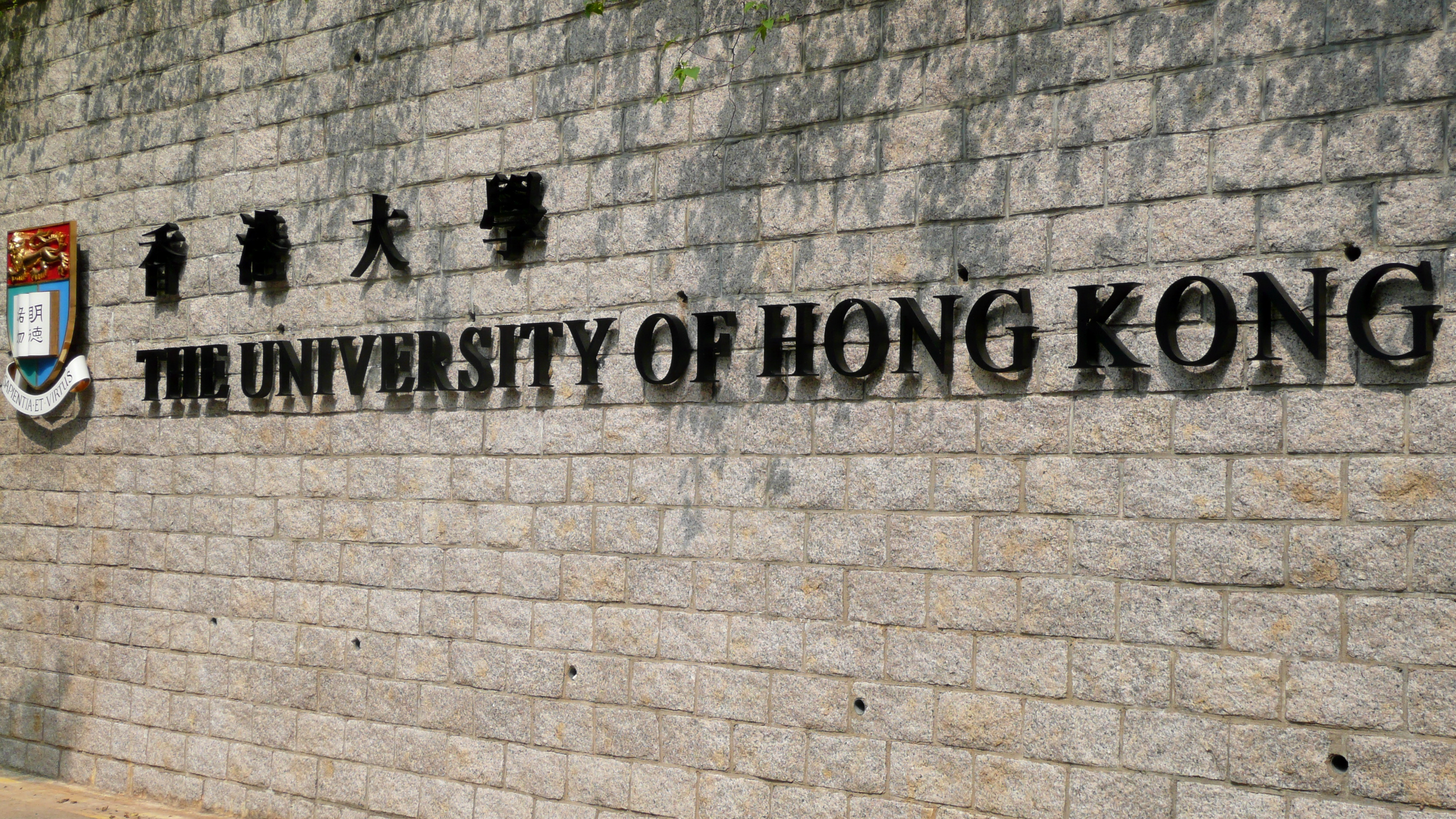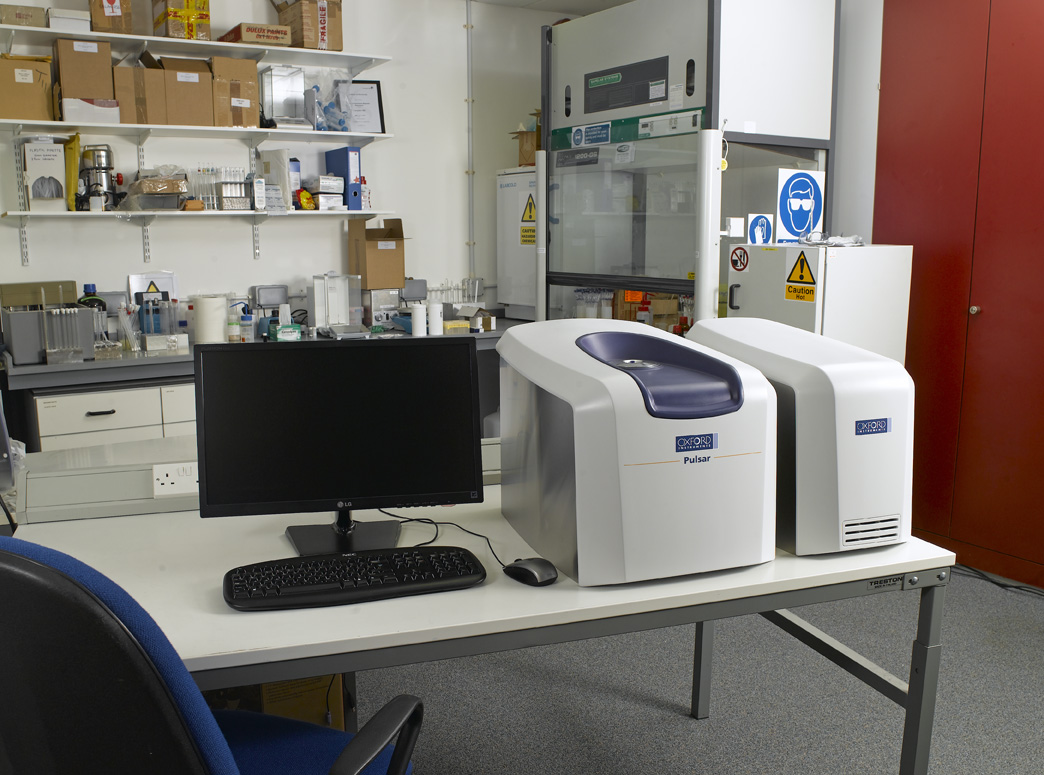Products
Applications
Learning
 Part of the Oxford Instruments Group
Part of the Oxford Instruments Group
Nuclear Magnetic Resonance (NMR) is considered an essential analytical tool in universities, yet it is often too expensive to be used by students and researchers. However, the introduction of the Oxford Instruments Pulsar benchtop NMR spectrometer at institutions such as The University of Hong Kong is proving that hands-on NMR experience is an affordable and attainable goal.
“With Pulsar, our students, for the first time, could literally “see” the compounds with their own eyes.” Johnny Wong, Lecturer, Li Ka Shing Faculty of Medicine, The University of Hong Kong

Learning theory, not practice
NMR is a popular spectroscopy method used by analytical chemists to obtain both qualitative and quantitative information about functional groups, molecular backbone and the chemical environment of nuclei in a molecule. Therefore, teaching basic NMR theory is part of the chemistry undergraduate curriculum throughout the world, and analysis of NMR data is a fundamental part of most undergraduate chemistry courses.
Despite this, and in contrast to many other spectroscopic methods, undergraduate students are rarely given the opportunity to operate a spectrometer due to the complexity and cost of the instrumentation.
Introducing Pulsar
With the advent of Pulsar, this has changed. Pulsar is an affordable, cryogen-free benchtop NMR spectrometer that guarantees results without using expensive liquid helium, making it suitable for virtually any chemistry laboratory and ideal for teaching NMR to undergraduates. Unlike traditional high-field NMR systems, it is robust and cannot be easily damaged by unwary students.
Since its installation, the Department of Pharmacoloy and Pharmacy in the Li Ka Shing Faculty of Medicine, The University of Hong Kong has been impressed with the results from Pulsar. Thanks to its ease of use, the Pulsar system has been seamlessly integrated into the workflow within the department. Now, senior pharmacy students undertaking professional courses in herbal drug identification and quality control have access to NMR analysis, including Principal Component Analysis and 2D NOESY experiments.
Less expense, less risk, less time
Previously, the department relied on High Performance Liquid Chromatography (HPLC) to separate, identify, and quantify each component in a mixture. However, this requires the use of significant amounts of solvent, making it both expensive and hazardous. Pulsar has no such requirements and measurements can be conducted much more quickly.
“I simply insert the tube and the instrument does the rest.” says Johnny Wong, Lecturer, Department of Pharmacology and pharmacy, The University of Hong Kong, “Data acquisition is straightforward thanks to the work-flow design of the software.” Wong and his team are also impressed by the swift local technical support offered by Oxford Instruments. “A dedicated engineer is always here to answer our technical inquiries and guide any troubleshooting.”
Wider academic applications
 Pulsar not only enables the teaching of NMR but also offers researchers a valuable tool to enhance their academic output. Clearly, Pulsar is an attractive addition to any university lab, bringing NMR into the hands of inquisitive students and researchers, while removing the need for hazardous chemicals. If you want to introduce an affordable, robust and user-friendly benchtop NMR solution, take a closer look at Pulsar. Dr Johnny Wong, Lecturer, Department of Pharmacology and Pharmacy, talks about Pulsar’s simplicity and effectiveness for pharmaceutical analysis and medicinal chemistry.
Pulsar not only enables the teaching of NMR but also offers researchers a valuable tool to enhance their academic output. Clearly, Pulsar is an attractive addition to any university lab, bringing NMR into the hands of inquisitive students and researchers, while removing the need for hazardous chemicals. If you want to introduce an affordable, robust and user-friendly benchtop NMR solution, take a closer look at Pulsar. Dr Johnny Wong, Lecturer, Department of Pharmacology and Pharmacy, talks about Pulsar’s simplicity and effectiveness for pharmaceutical analysis and medicinal chemistry.
Pharmaceutical analysis
“We ask our pharmacy undergraduates to separate several active pharmaceutical ingredients (APIs) in a formulation using the acid-base extraction technique. In the past, after lengthy shaking of the separating funnel, students were only able obtain white powder or crystals with their melting points as the only clue that they could use to evaluate the identity and purity of the compounds produced.
With Pulsar, our students, for the first time, could literally “see” the compounds with their own eyes. They were amazed by the nicely resolved splitting patterns on the screen, and they were heartened by the definite correlation between the spectral features and the structures of their compounds.
This unprecedented user-friendly benchtop NMR is simple enough for in-class demonstration, especially when compared with melting point detection. On the other hand, Pulsar maintains adequate versatility for the exposition of fundamental principles such as locking, FID, Fourier-transform, integration, and coupling. Nothing is better than feeling the science with your own hands.
Currently, our teaching team is evaluating Pulsar to detect the amounts of alcohol in food and drug products. Using the system allows a much faster turnover rate in our undergraduate lab classes as compared with conventional detection methods such as gas chromatography (GC).
Medicinal chemistry
We used Pulsar in a drug synthesis experiment. Instead of measuring the melting point of the unknown product obtained after re-crystallisation (which we previously found impractical as the product is always contaminated by water and our tight class timetable does not allow thorough drying), we asked our pharmacy students to put their products into Pulsar. After a few minutes, an almost perfect spectrum popped up on the screen, and the students cheered. Both the identity and purity were clear almost immediately. This was the case even with the groups of students who had cut corners with the purification steps. Students were also able to use the processing software to measure the integrals and multiplicity and conduct stepwise structure elucidation in their lab reports.
Research Projects
We allow trained senior students to have direct access to the Pulsar system, which is so robust that I cannot think of a way that students could damage it. Common uses such as identification, checking for purity, and characterisation are simple. The real power of this instrument is the applications in multivariate analysis, more commonly known as chemometrics. Recently, three students successfully demonstrated how to combine proton NMR and chemometrics to classify pills, herbal medicines, and teas in relation to their prices, qualities, species, and brands.”
Learn more about X-Pulse Learn more about Teaching NMR
